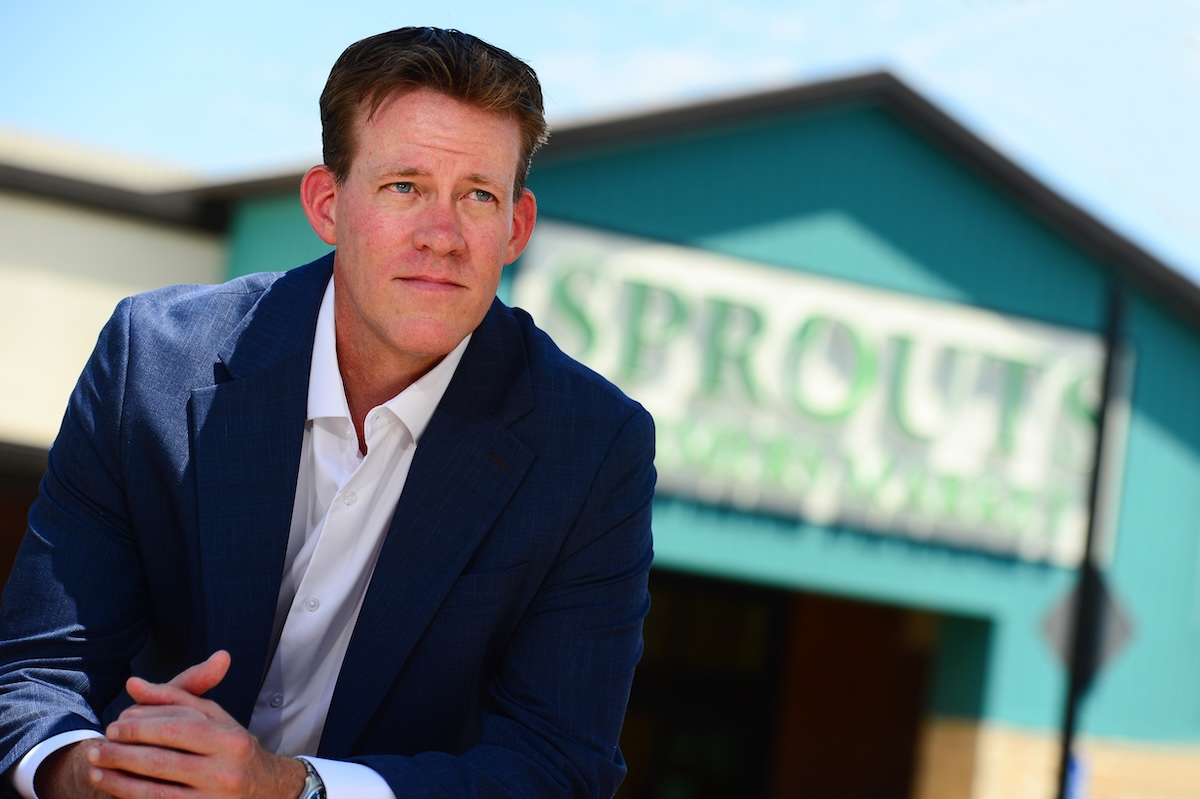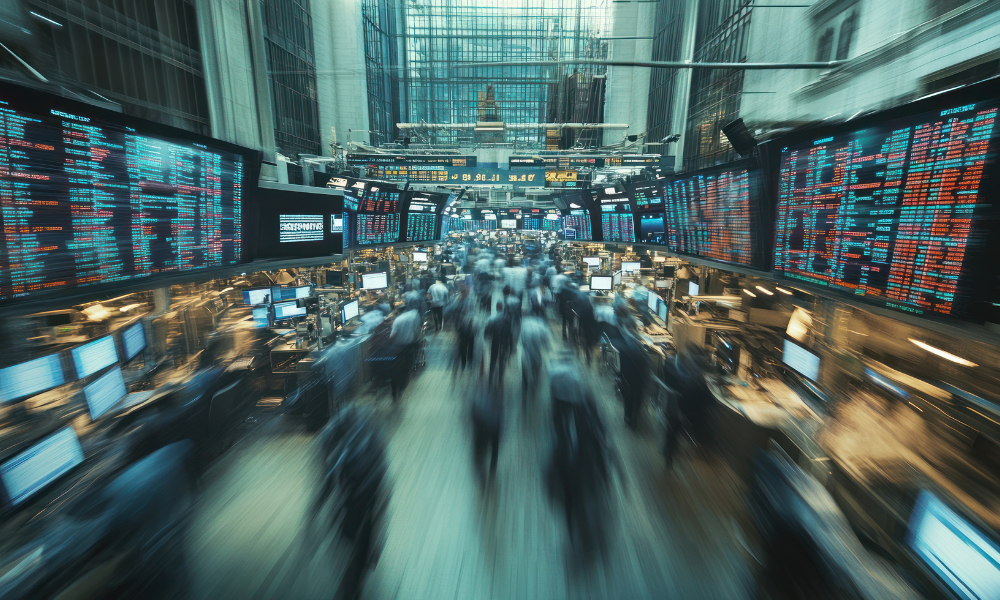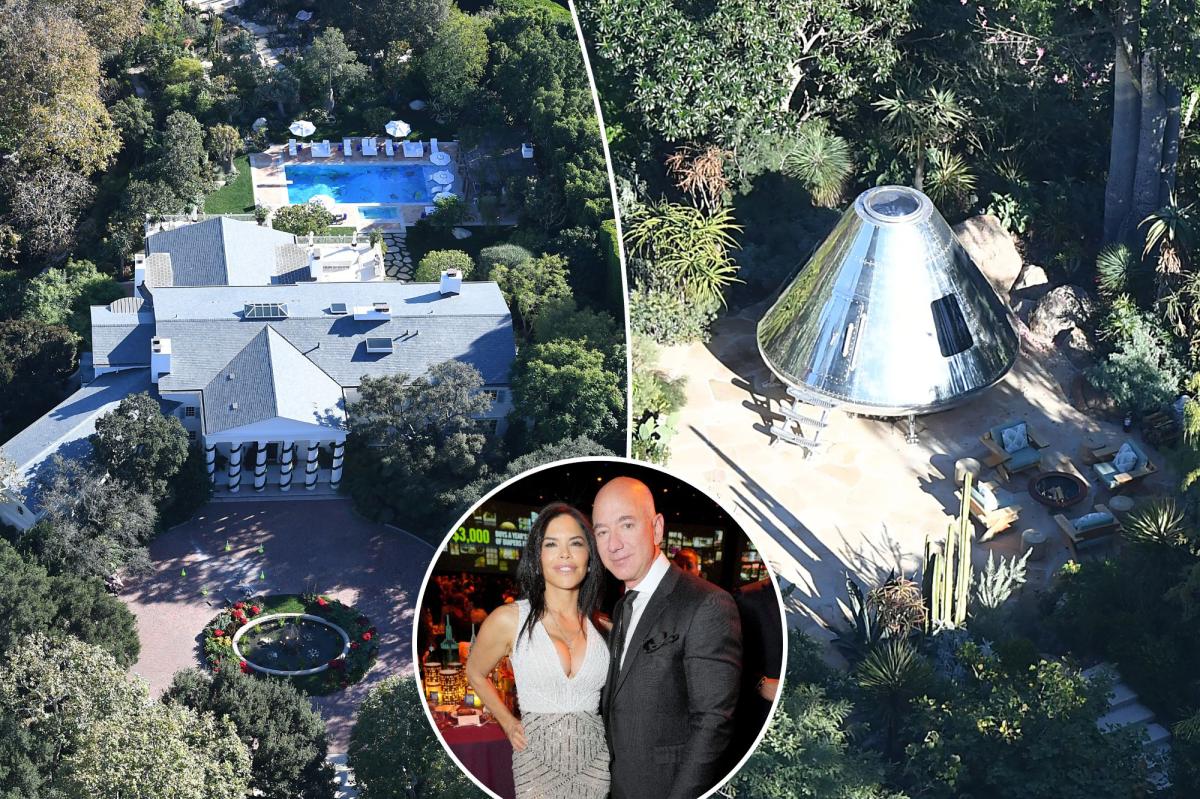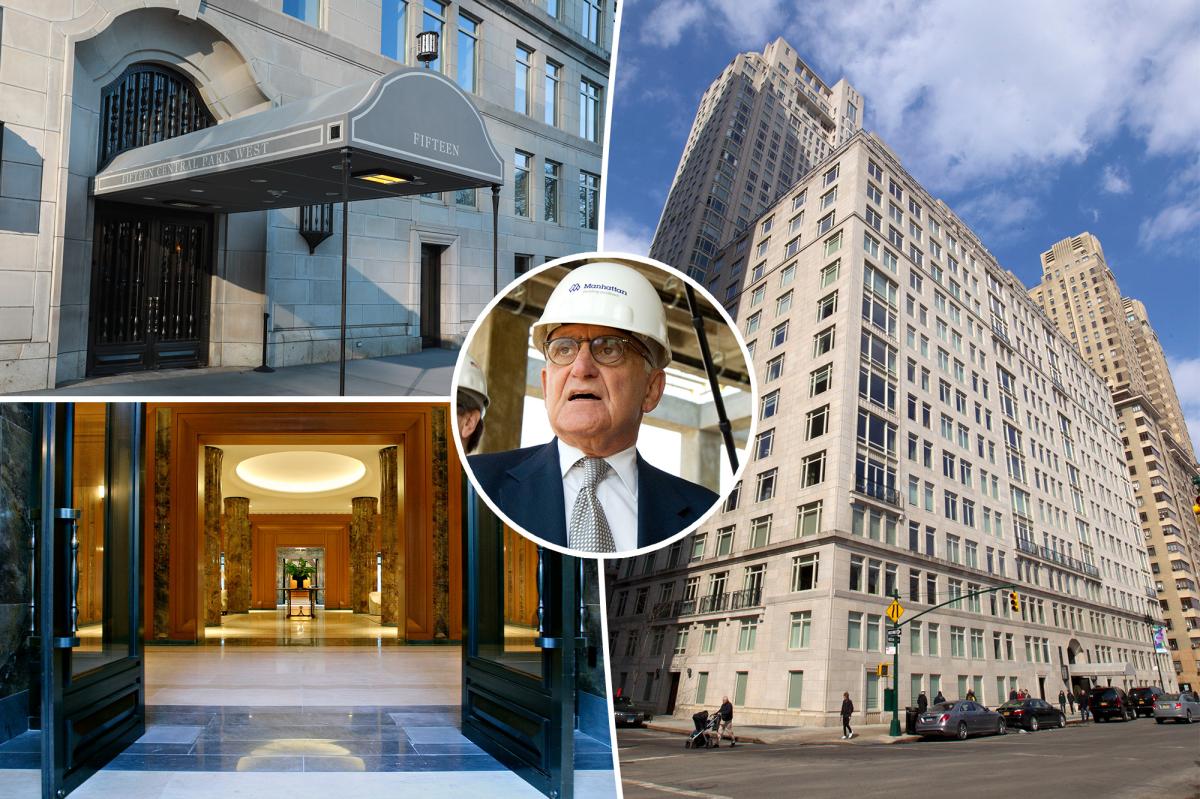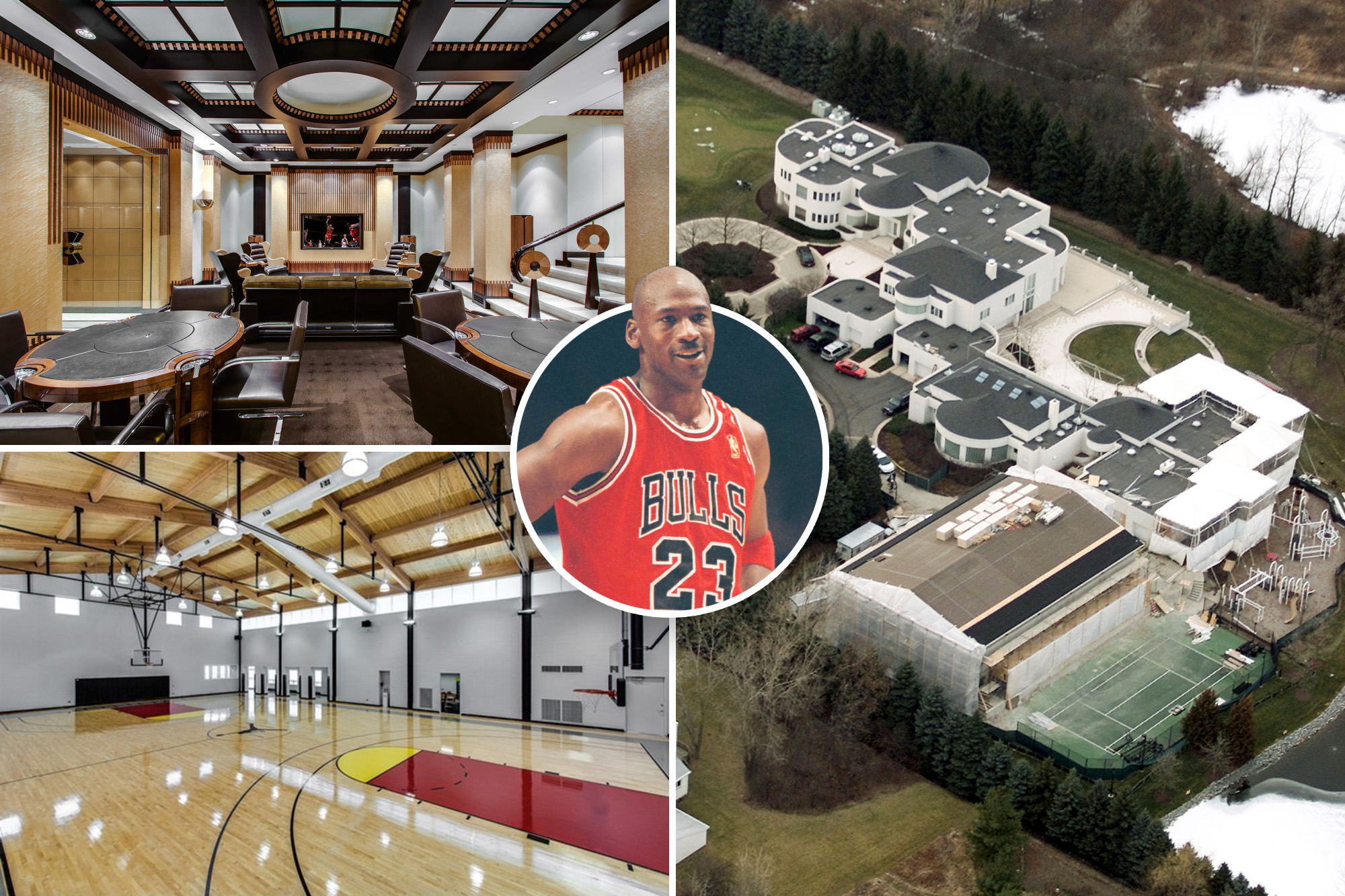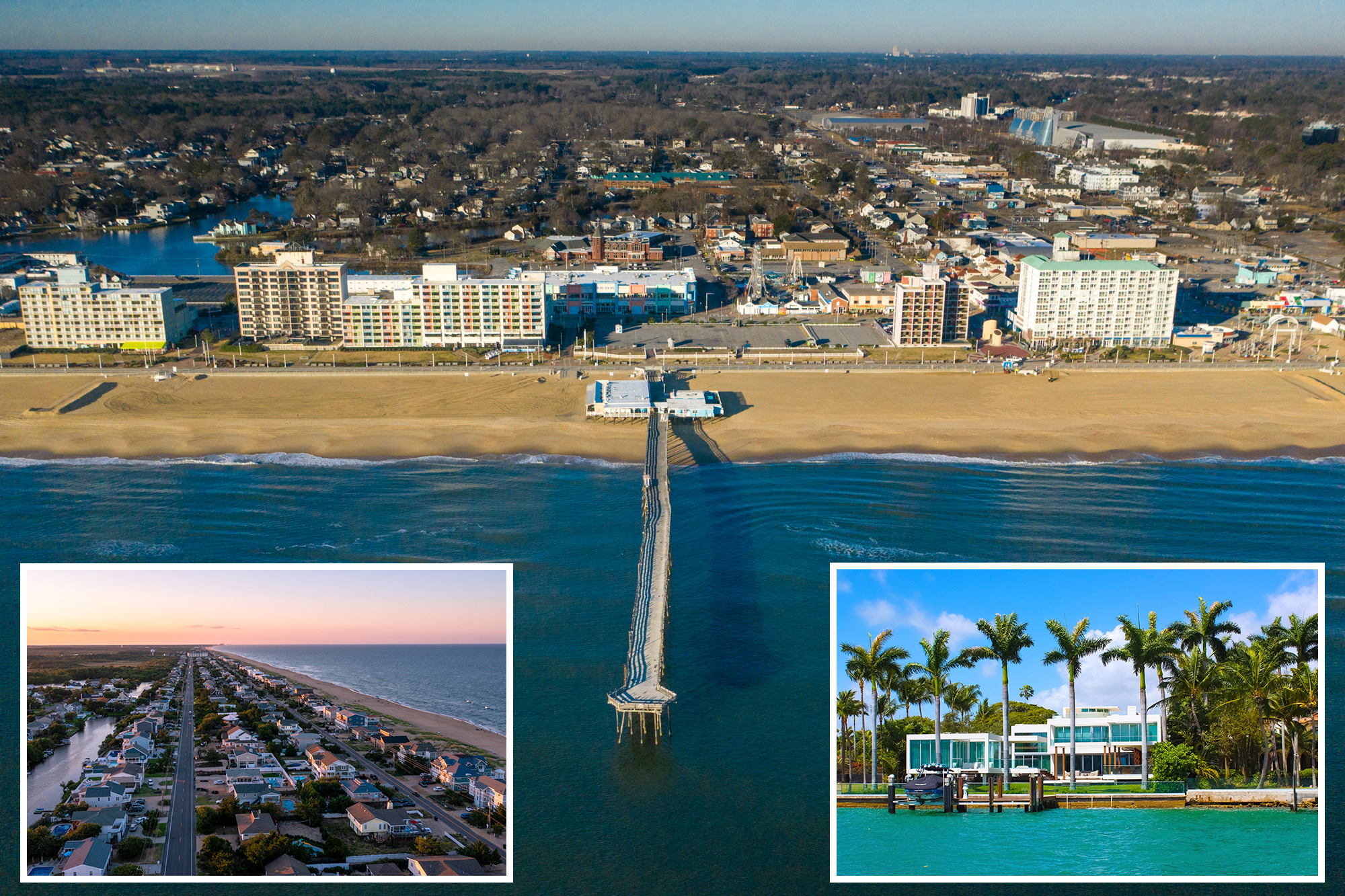T
he outdoor shopping mall has seen a significant rise in popularity over the past decade, and its position was further solidified after the Covid-19 pandemic. As people began to venture out again, they preferred open spaces, giving outdoor malls an advantage in recovering from the pandemic.
Outdoor retail has inherent appeal, especially in cities like Los Angeles with favorable climates. However, a shopping center's success depends on having a mix of modern and relevant tenants, including experiential and dining options. If a mall becomes outdated, its fate can be sealed.
Megan Martindale, a retail professional at Avison Young, identifies two types of outdoor retail: master-planned centers with a unified vision and the "organic street environment." The first category offers a curated atmosphere, while the second provides a unique feel when executed properly. Caruso and Westfield are prominent developers in this space.
Caruso's approach to curating its entire concept for Los Angeles has given it an edge over other developers. Its properties, such as The Grove and The Americana at Brand, have 100% occupancy. In contrast, Westfield's global portfolio is successful, but its approach can feel more corporate.
The street-oriented outdoor retail space can be challenging to execute cohesively, but it creates a unique atmosphere when done well. Abbot Kinney Boulevard in Venice is an example of this, with its ability to maintain a "cool factor" despite having multiple landlords. However, Third Street Promenade in Santa Monica has declined, with a 21.4% vacancy rate.
To revitalize the Promenade, Martindale suggests offering discounted rents to attract new retailers and creating experiential elements that drive foot traffic. Wick Zimmerman, chief executive of Outside the Lines Inc., agrees that tweaking the Promenade's approach to monetary gains from short-term to long-term could help mitigate its challenges.
Indoor shopping malls face significant challenges in today's retail landscape. The traditional formula of department store anchors, quick-grab food options, and a movie theater is no longer enough. Consumers have shifted towards experiential elements, such as gyms, upscale grocery stores, and entertainment beyond movie theaters.
The Beverly Center has successfully reinvented itself with aesthetic and entertainment upgrades, including skylights, ceiling-to-floor windows, and air wells. This approach has helped it stay relevant in the market. However, not all indoor malls have been able to adapt, with some struggling to maintain occupancy.
Grocery-anchored retail centers have remained resilient during the pandemic, with occupancy rates ranging from 95% to 97%. Experts attribute this to their location near neighborhoods and the type of tenants they attract. The rise of online grocery orders has created a "banana problem" – consumers want to inspect what they're buying – leading to the emergence of hybrid models like click-and-collect.
Specialty grocers have also contributed to changing spatial needs, with stores shrinking from 55,000 to 60,000 square feet in the past to between 25,000 and 40,000 square feet today. Co-grocery anchors, where multiple grocery stores coexist, are becoming more common, helping bridge gaps in consumer preferences.
The success of grocery-anchored centers depends on understanding demographics and competition. Owners or developers must select co-tenants that fit the tone set by the anchor store. Erewhon Market has taken high-end grocery to new heights with its unique blend of groceries and entertainment. Its cult following guarantees foot traffic, making it a valuable asset in the market.
The current interest rates and construction costs have halted new competition, making existing grocery-anchored centers more valuable. Grocery-anchored retail rents are at historic highs, and experts don't see this changing soon.
